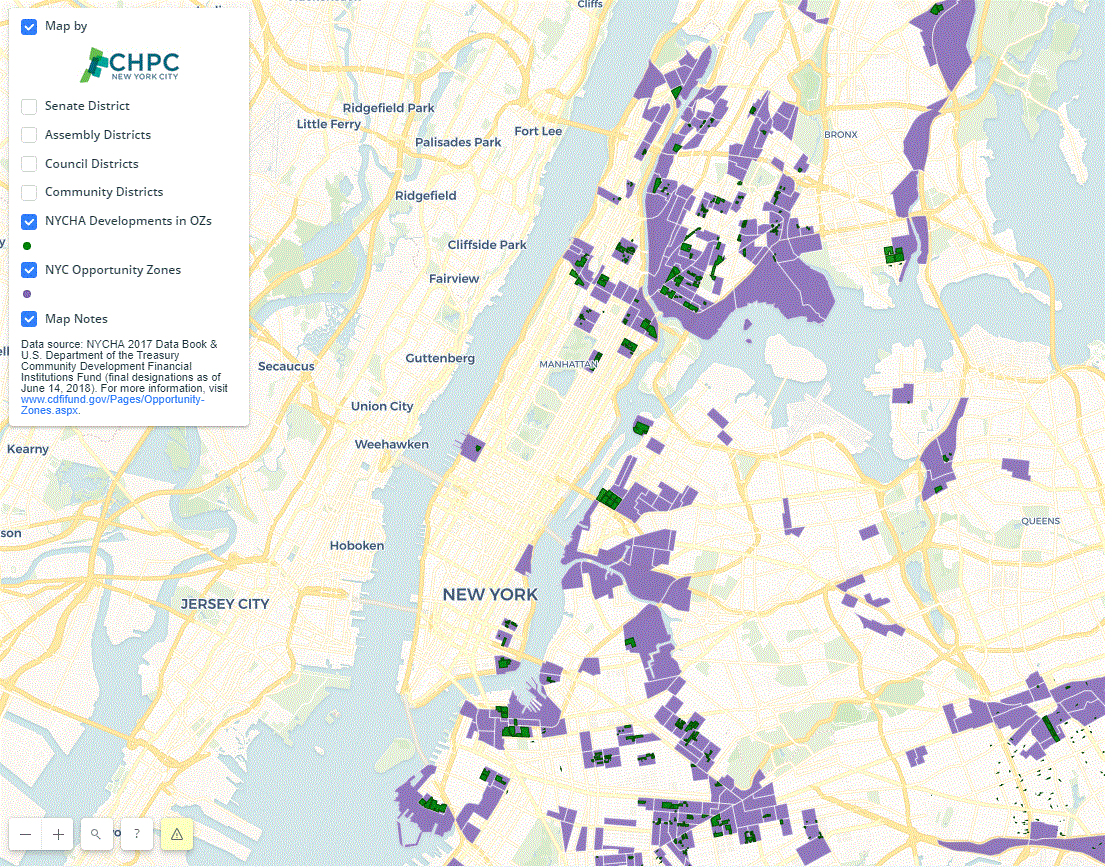Amid discussion of sports facilities and banking regulations, Barclays Center suggested as a "net positive." I'm not so sure. Nor does it fit the CRA
The new Sports Illustrated has, I guess, pseudonymous blog contributors, so on 12/30/19 we got Development of Sports Facilities Usually Regarded as a “Net Negative” for Local Municipalities, Multi-Use Arenas Can Be the Exception, from someone known as JohnWallStreet.
That was stimulated by potential revisions in the federal Community Reinvestment Act to allow banks--which must make loans in lower-income areas, to fulfill that requirement by assisting sports venues. Sen. Ron Wyden (D-OR) warned about “handouts for billionaires with no benefit to the low-income communities this program [is] supposed to help.”
So, does it help those low-income communities?
That doesn't quite get answered. But the author notes that sports venues are now "integrated as anchor tenants within a greater neighborhood development project" and quotes sports economist Roger Noll as saying a busy venue "can actually enhance the value of the [neighboring] investments" and suggests that indicates relative success.
Does Barclays Center fit?
The author writes:
OK, so the column does not argue for including sports facilities, but it does suggest, in part relying on Noll, that Barclays is a good example of public investment.
I'm not so sure, given arena usage and announced tax revenues.
The CRA and the Barclays Center
According to the Federal Reserve:
The notion that the Barclays site might somehow fit into the CRA, I suspect, would require a stretch in mapmaking, akin to the gerrymandered maps that delivered areas of high unemployment to qualify Atlantic Yards as within a Targeted Employment Area for EB-5 immigrant investors. Hence the "Bed-Stuy Boomerang" and the "Fort Greene Finger."
Note: it is not located in a potential Opportunity Zone, defined as a "low-income census tract with an individual poverty rate of at least 20 percent and median family income no greater than 80 percent of the area median."
That was stimulated by potential revisions in the federal Community Reinvestment Act to allow banks--which must make loans in lower-income areas, to fulfill that requirement by assisting sports venues. Sen. Ron Wyden (D-OR) warned about “handouts for billionaires with no benefit to the low-income communities this program [is] supposed to help.”
So, does it help those low-income communities?
That doesn't quite get answered. But the author notes that sports venues are now "integrated as anchor tenants within a greater neighborhood development project" and quotes sports economist Roger Noll as saying a busy venue "can actually enhance the value of the [neighboring] investments" and suggests that indicates relative success.
Does Barclays Center fit?
The author writes:
I say relative because even when a city manages to create a viable set of new businesses and housing around a venue, the development of a sports facility - especially when it’s not a multi-use arena that’s being used 250+ days/year - is still “usually regarded as a net negative.” Noll believes that the proposed legislation could be altered to ensure direct public subsidies were limited to the construction of new arenas that are integrated into larger projects (i.e. not artificial improvements), but “the language would not be 100% effective because it’s simply too hard to describe in legislative terms what a good investment is (see: Barclays Center, Capital One Arena, Golden 1 Center) versus a bad one (LA Memorial Sports Arena).” Remember, much of the success (or lack thereof) associated with these venues as economic drivers is circumstantial (think: whether or not the market has another building capable of holding 20,000 people for concerts and events). The Stanford professor advises lawmakers to avoid the inclusion of sports facilities when making changes to the CRA. “Municipalities will make fewer mistakes that way, then trying to thread the needle.”(Emphases added)
OK, so the column does not argue for including sports facilities, but it does suggest, in part relying on Noll, that Barclays is a good example of public investment.
I'm not so sure, given arena usage and announced tax revenues.
The arena surely has had a positive effect on real estate values in a reasonable radius. That's not the same as calling it an economic driver, and it's sure not the same as uplifting lower-income neighborhoods. Which are not nearby.The @BarclaysCenter is not being used 250+ days a year.— Norman Oder (@AYReport) December 30, 2019
What's your evidence it's a net positive for the municipality?
The CRA and the Barclays Center
According to the Federal Reserve:
The Community Reinvestment Act (12 USC 2901 (PDF)) was enacted in 1977, against a backdrop of urban decay and a lack of investment in communities. Congress found that banks have a continuing and affirmative obligation to help meet the credit needs of their local communities, including low- and moderate-income (LMI) neighborhoods where they are chartered, consistent with the safe and sound operations of the institutions. This finding was based on preexisting chartering laws that require banks to demonstrate that their deposit taking facilities serve the convenience and needs of their communities, which include credit and deposit services.The Barclays Center and Atlantic Yards/Pacific Park were sited at the edge of multiple neighborhoods that had already gentrified. The disinvestment had been reversed--recently, in certain cases, far less recently, in others.
 |
| Opportunity Zones: from Citizens Housing Planning Council |
Note: it is not located in a potential Opportunity Zone, defined as a "low-income census tract with an individual poverty rate of at least 20 percent and median family income no greater than 80 percent of the area median."
Comments
Post a Comment